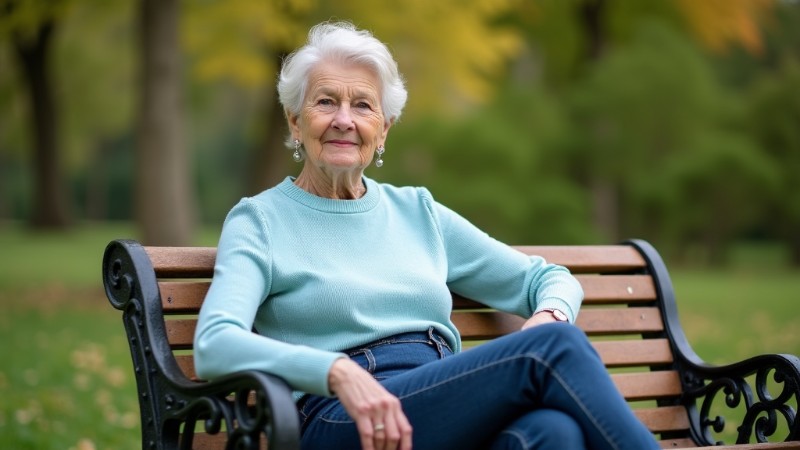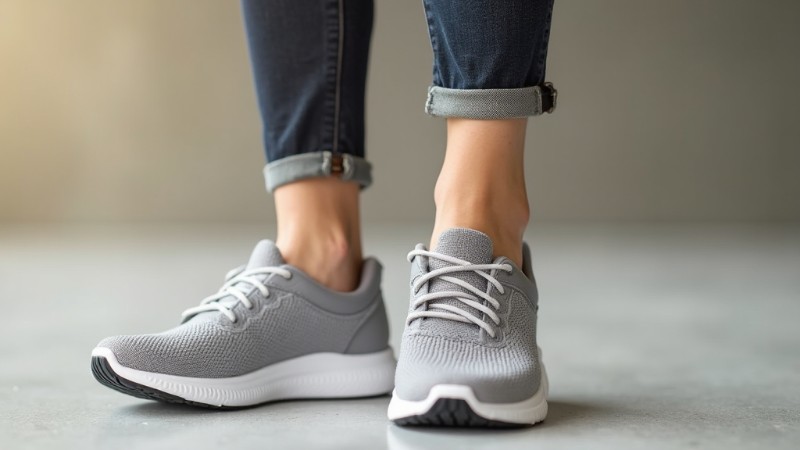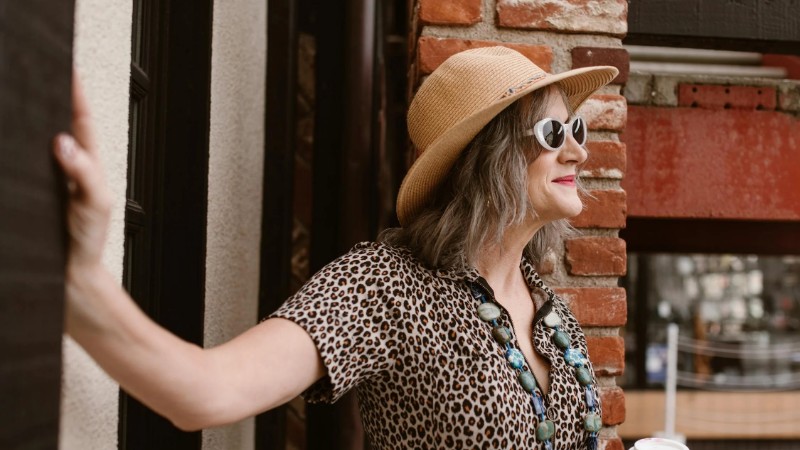Fashion is changing a lot for senior citizens. Comfort and ease of use are now important. This is because older adults have different lifestyle needs. Clothes that are easy to wear, like loose tops, pants with elastic waists, and breathable materials, are now popular. These help seniors stay active without losing their sense of style.
Another big change is adaptive clothing. This includes velcro fasteners, wide openings, and easy zippers. These features help people with mobility or dexterity issues. It’s about making fashion practical yet stylish. Seniors can now find more choices that fit both their style and practical needs.
Re-commerce platforms are also changing how seniors shop. These sites focus on senior-friendly clothes, with easy sizing guides and special collections. As technology gets better, shopping is becoming easier for seniors. They can enjoy online fashion shopping without facing technical problems.
Key Takeaways
Re-commerce is revolutionizing fashion for senior citizens by offering comfortable, practical, and stylish clothing options while promoting sustainability and affordability.
- Adaptive clothing with features like velcro fasteners and easy zippers is becoming popular among seniors due to its ease of use and accessibility.
- Re-commerce platforms are providing senior-friendly clothes with easy sizing guides and special collections, making online shopping more accessible for older adults.
- The re-commerce industry supports a circular economy by reducing waste and promoting sustainability, which appeals to eco-conscious seniors looking for a greener option compared to fast fashion.
The appeal of sustainable and secondhand fashion
The re-commerce industry is changing how people shop for fashion, including seniors. Re-commerce supports a circular economy by recycling, reusing, and repurposing clothes, reducing waste and helping the environment. Seniors, like other eco-friendly shoppers, are attracted to the positive environmental impact of secondhand fashion. Choosing used clothing helps cut down on textile waste and lowers greenhouse gas emissions, offering a greener option compared to fast fashion.
Cost is another key reason seniors are interested in re-commerce. Many retirees have fixed incomes, and secondhand clothing is an affordable way to update their closets. These platforms offer high-quality clothing at much lower prices than new clothes, allowing seniors to stay stylish and comfortable without overspending.
Moreover, re-commerce makes it easier for seniors to find unique and vintage items. Many older adults appreciate the nostalgia and special character of vintage clothing, with items that remind them of their personal experiences or past decades. This trend highlights how secondhand shopping combines sustainability with self-expression.
Technology has made re-commerce more accessible for seniors. Easy-to-use websites and mobile apps simplify browsing and buying secondhand clothes. Artificial intelligence (AI) helps by giving personalized suggestions based on what users like and their browsing history. These tech features ensure seniors, even those less familiar with online shopping, can use re-commerce platforms confidently and easily.
Addressing challenges and opportunities in the market
Re-commerce offers significant benefits for seniors but comes with challenges businesses must address. Ensuring quality and authenticity is key, as seniors often require soft fabrics or easy-to-wear designs. Strict inspections, detailed product descriptions, and flexible return policies build trust and satisfaction.
Logistics and inventory management are also challenging as platforms scale. Efficient systems for sourcing, shipping, and returns are vital to keeping products affordable and accessible. Technologies like AI for inventory and blockchain for authenticity help streamline operations and enhance customer experiences.
Despite these challenges, the market is thriving. North America, led by platforms like ThredUp and Poshmark, offers diverse senior-friendly clothing options. In Europe, sustainable fashion is driving re-commerce growth in countries like the UK, France, and Germany. Meanwhile, Asia-Pacific markets, including China and Japan, are increasingly adopting secondhand shopping, with strong growth anticipated as sustainability awareness rises.
Final thoughts
Looking ahead, the future of senior fashion in re-commerce is promising. With a focus on sustainability, affordability, and inclusivity, this market is set to change how seniors approach their wardrobes. By meeting their unique needs, re-commerce platforms offer older adults the chance to shop sustainably while enjoying stylish, comfortable clothing.
With advances in technology, growing environmental awareness, and consumer demand, re-commerce will keep playing a crucial role in shaping global fashion. For seniors, this means more options, better accessibility, and the chance to support a sustainable future—showing that style, comfort, and responsibility can go hand in hand.















